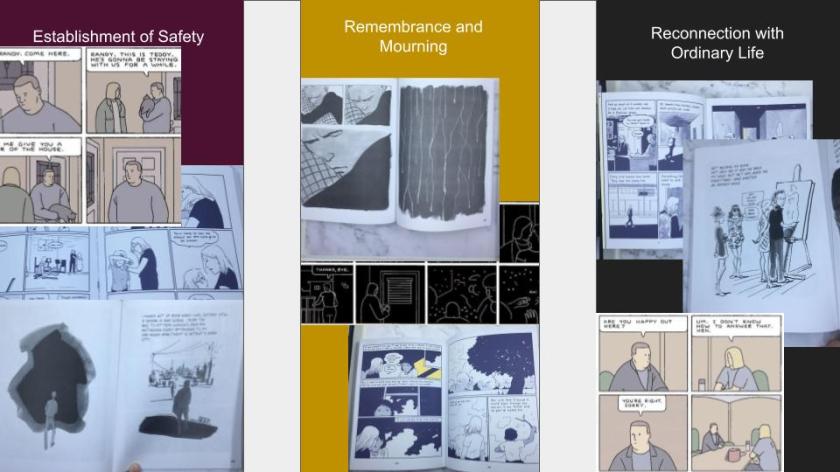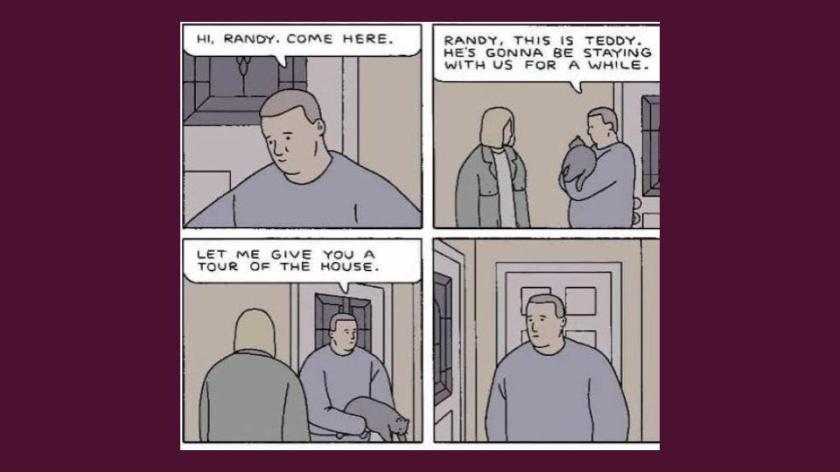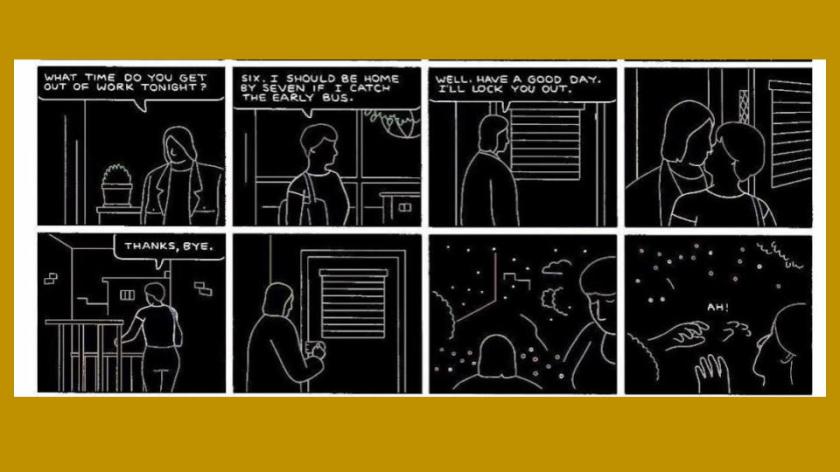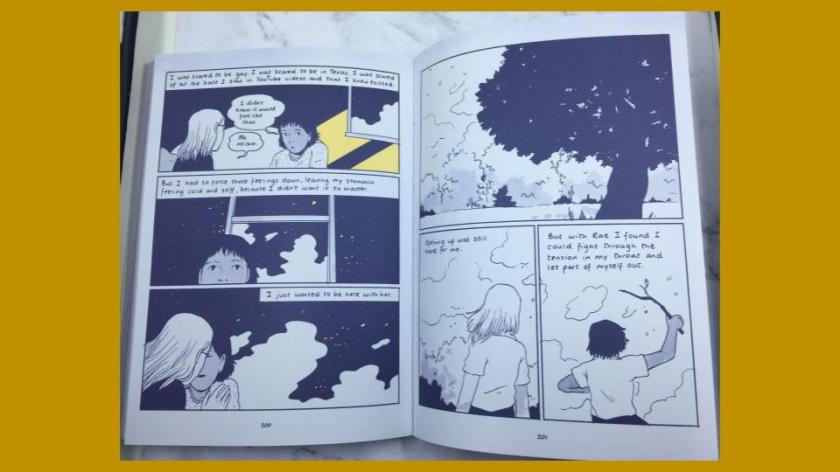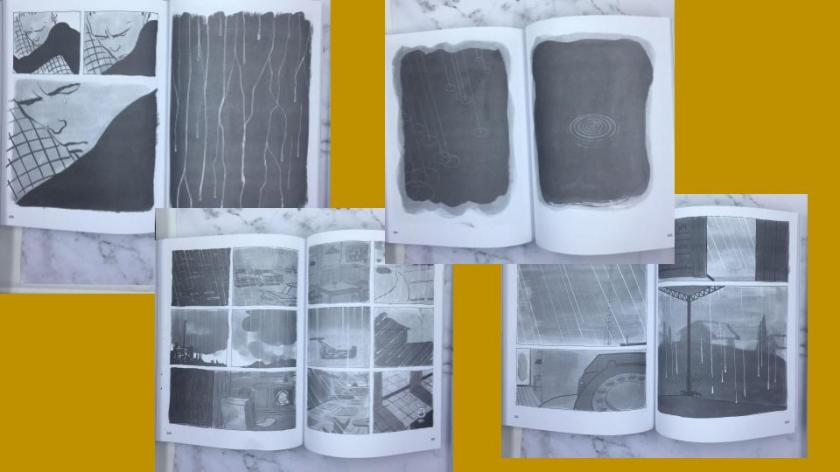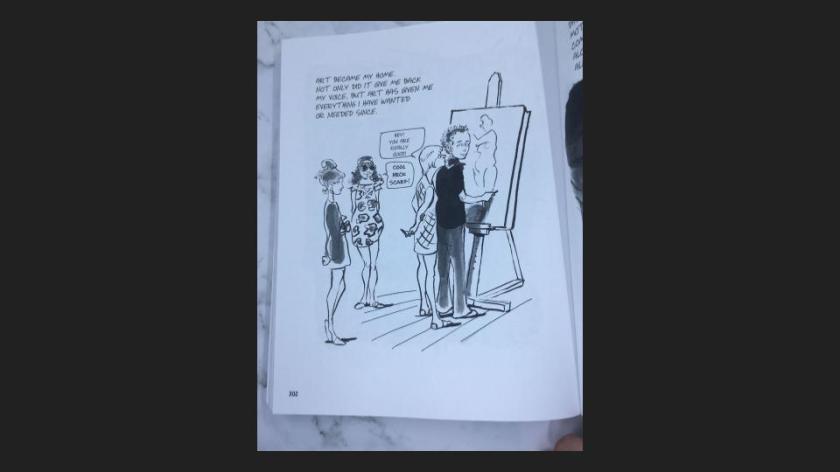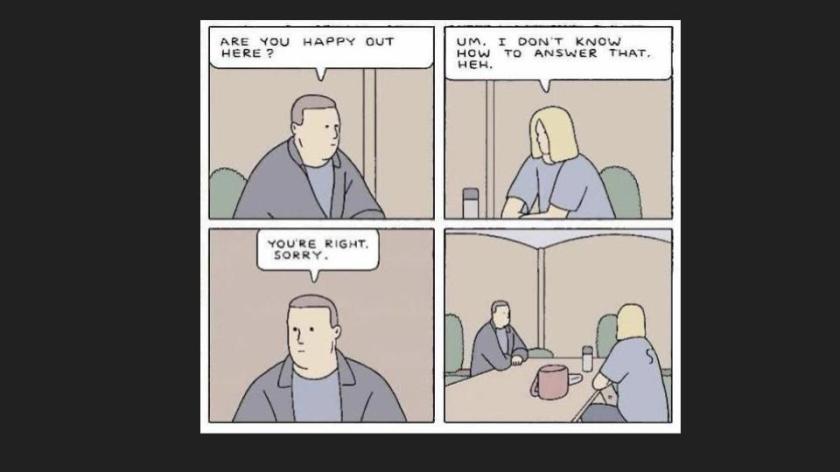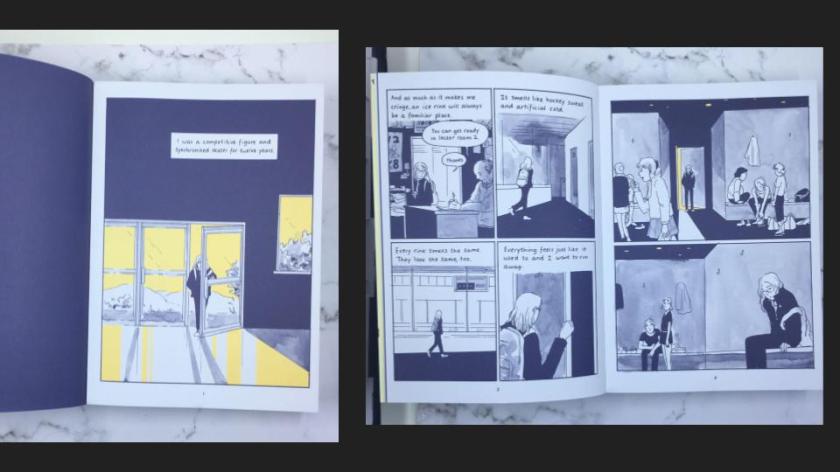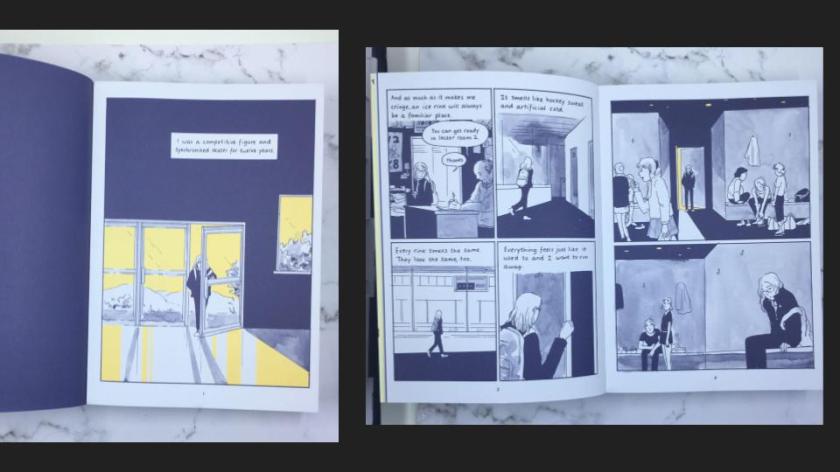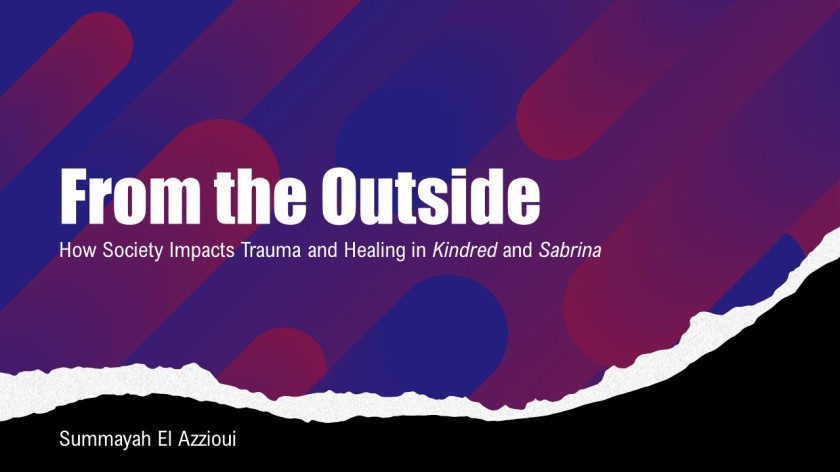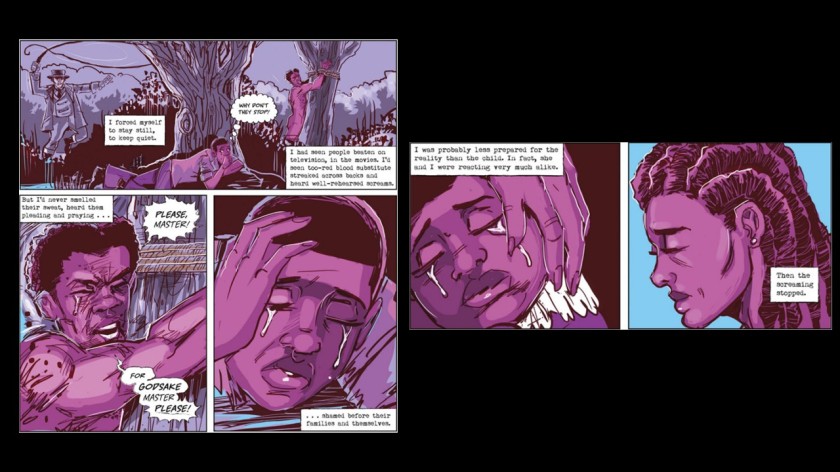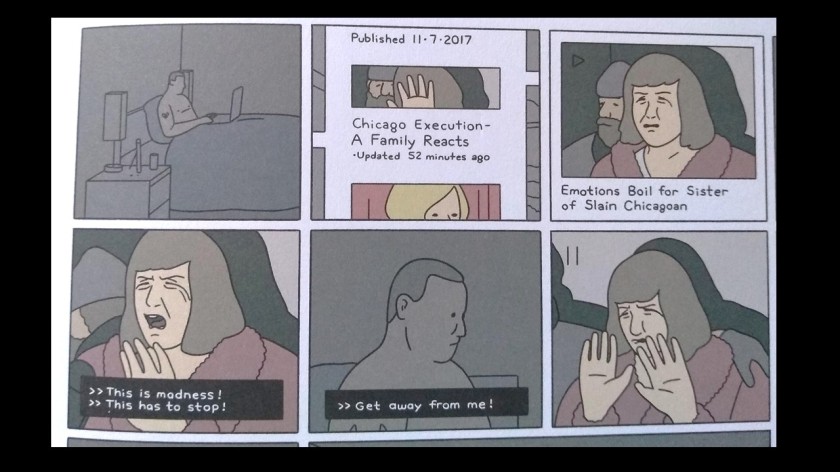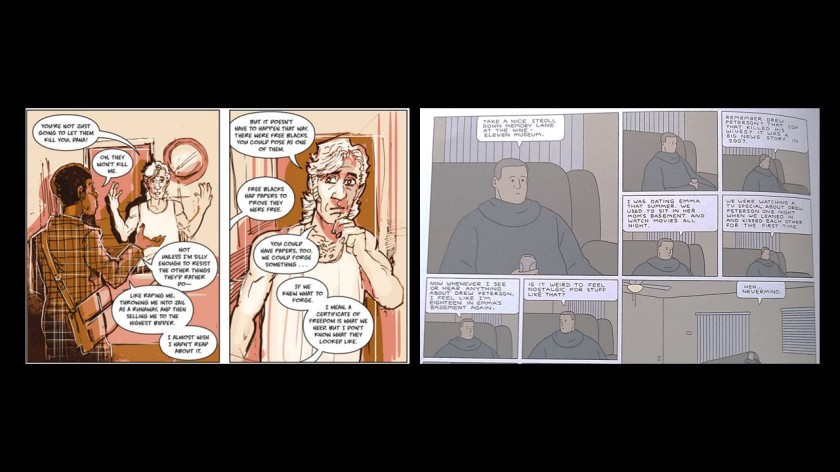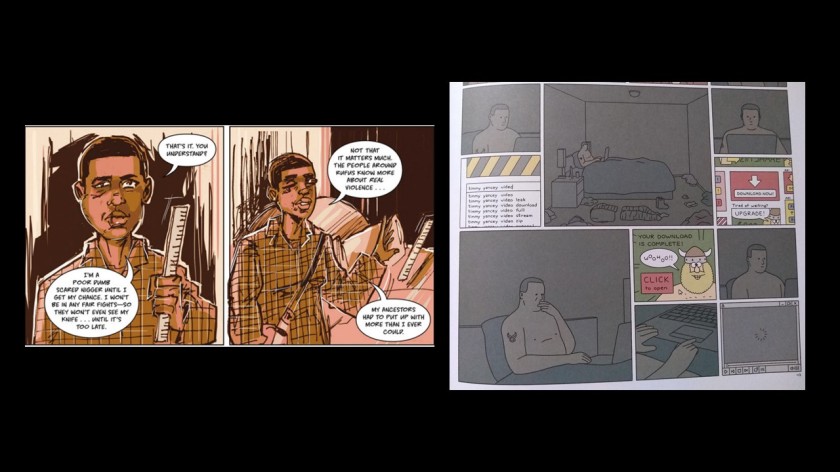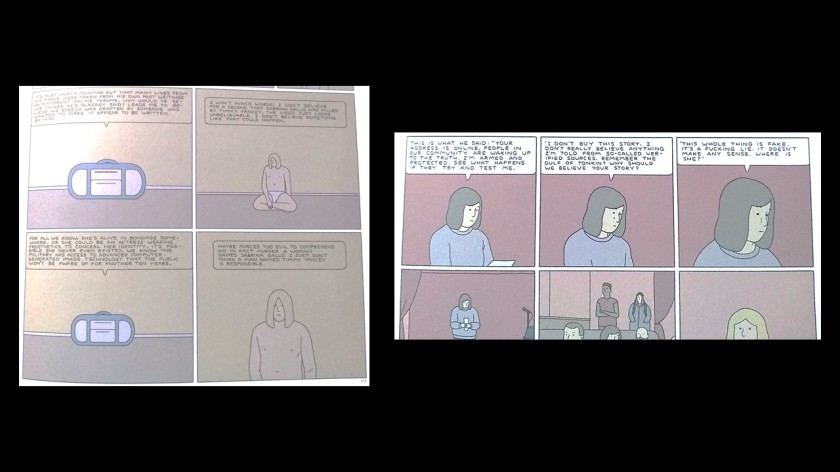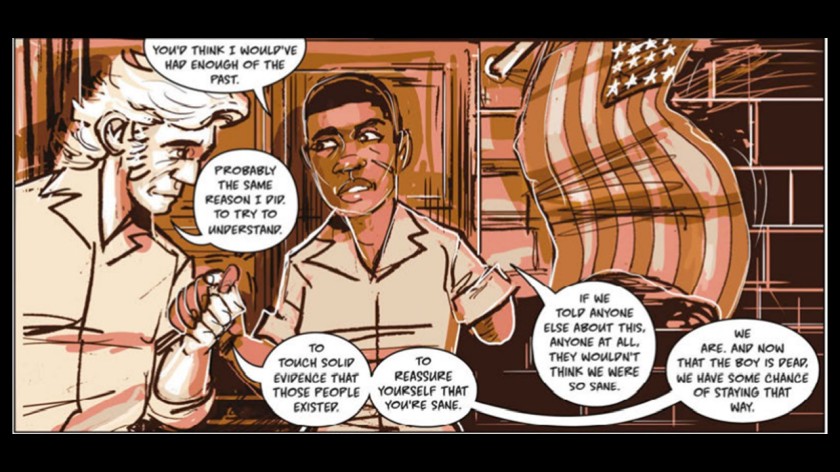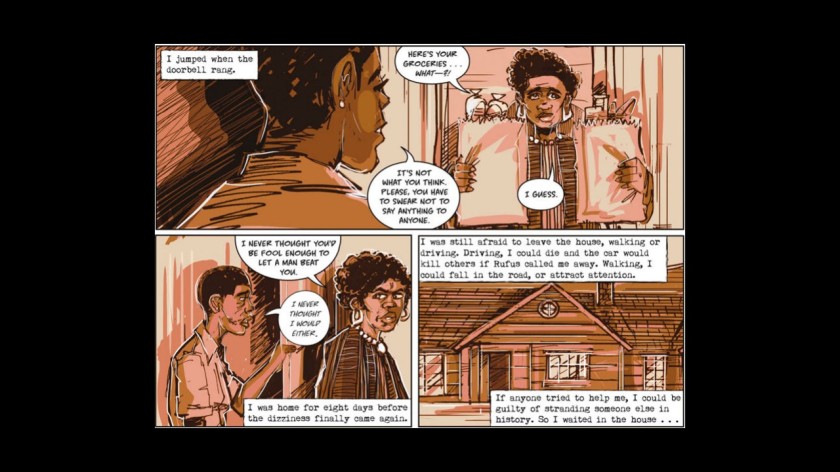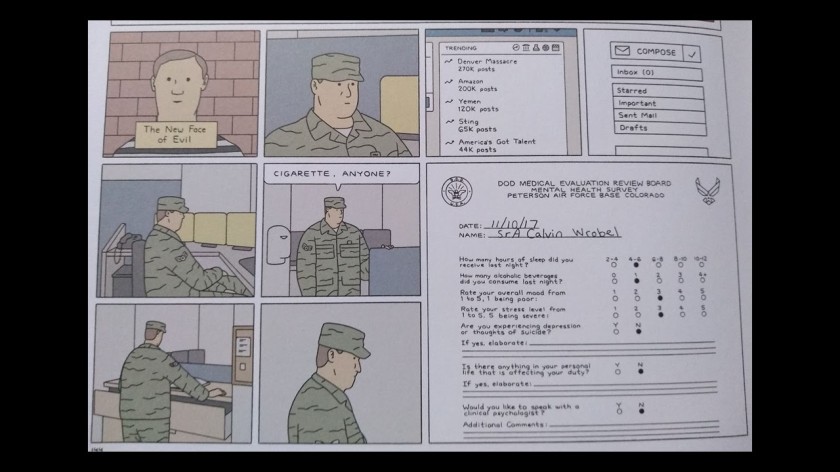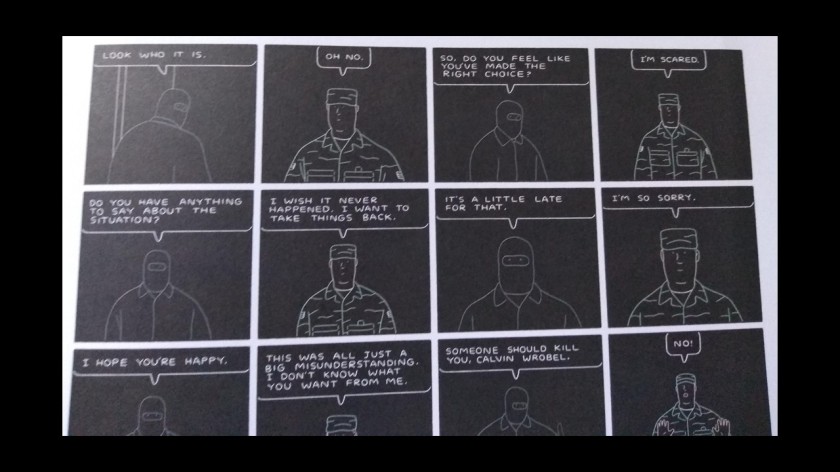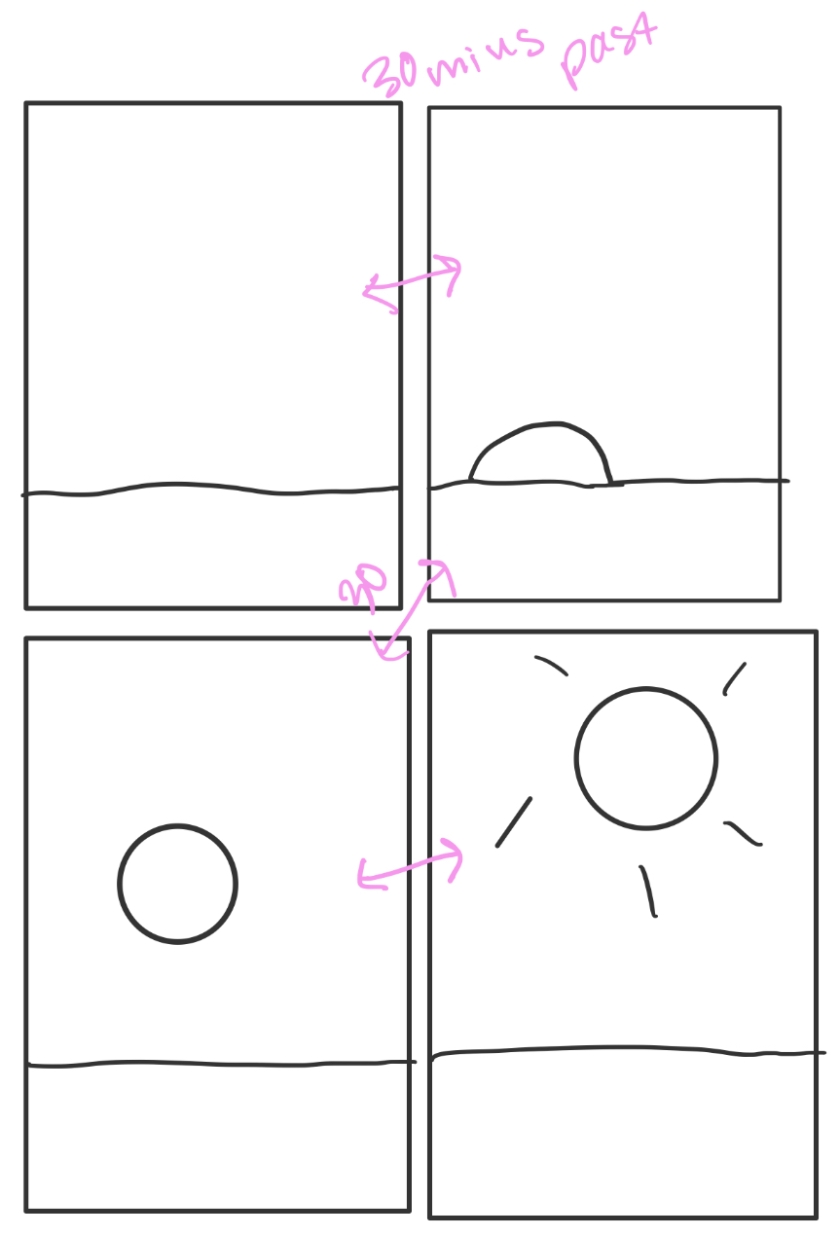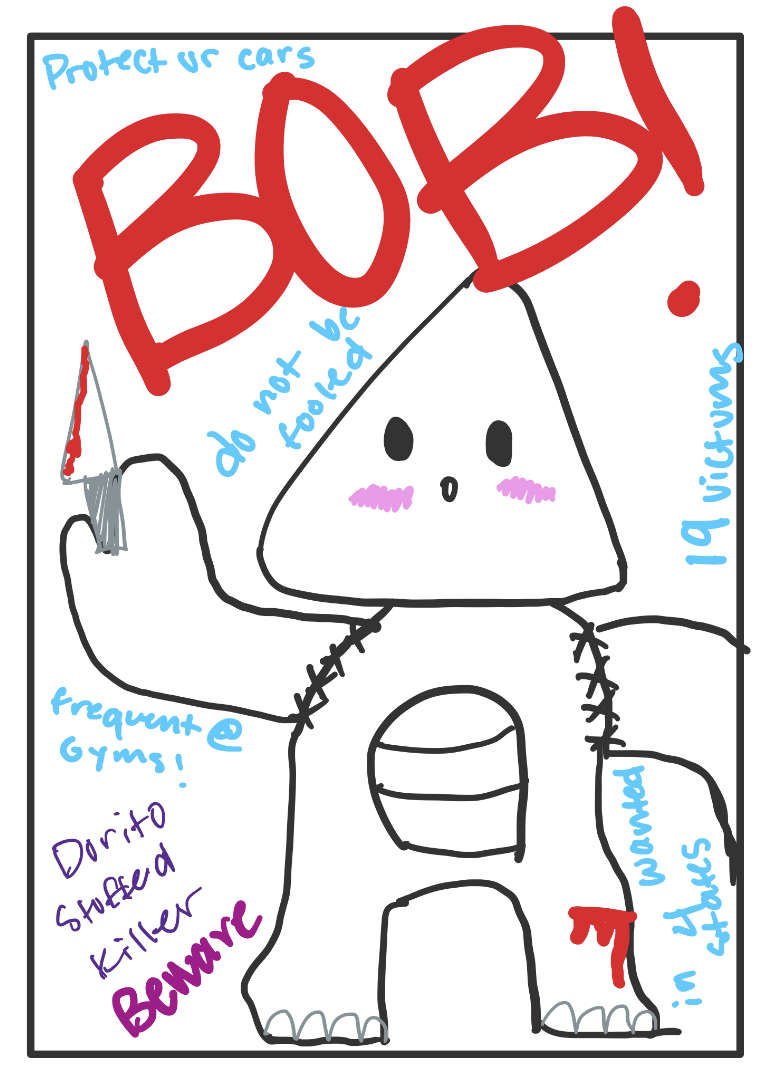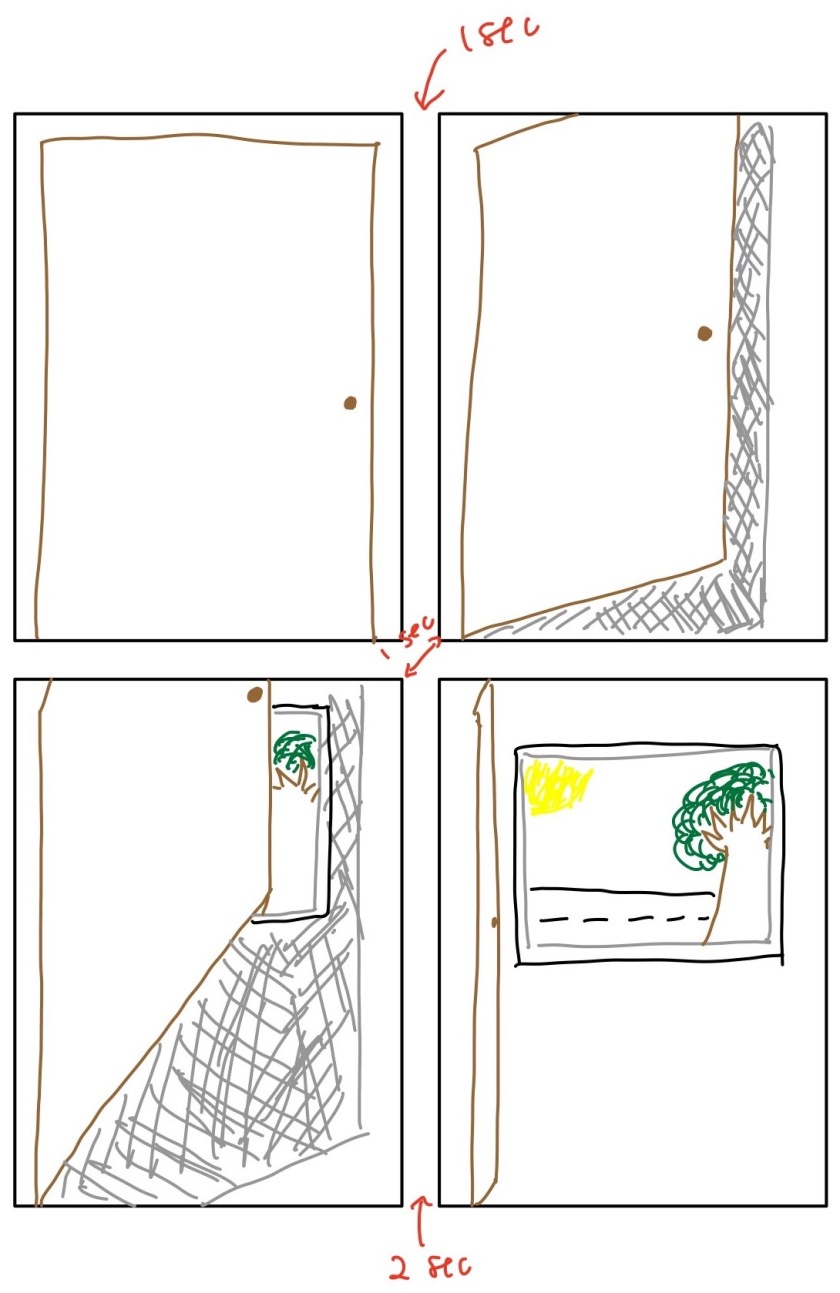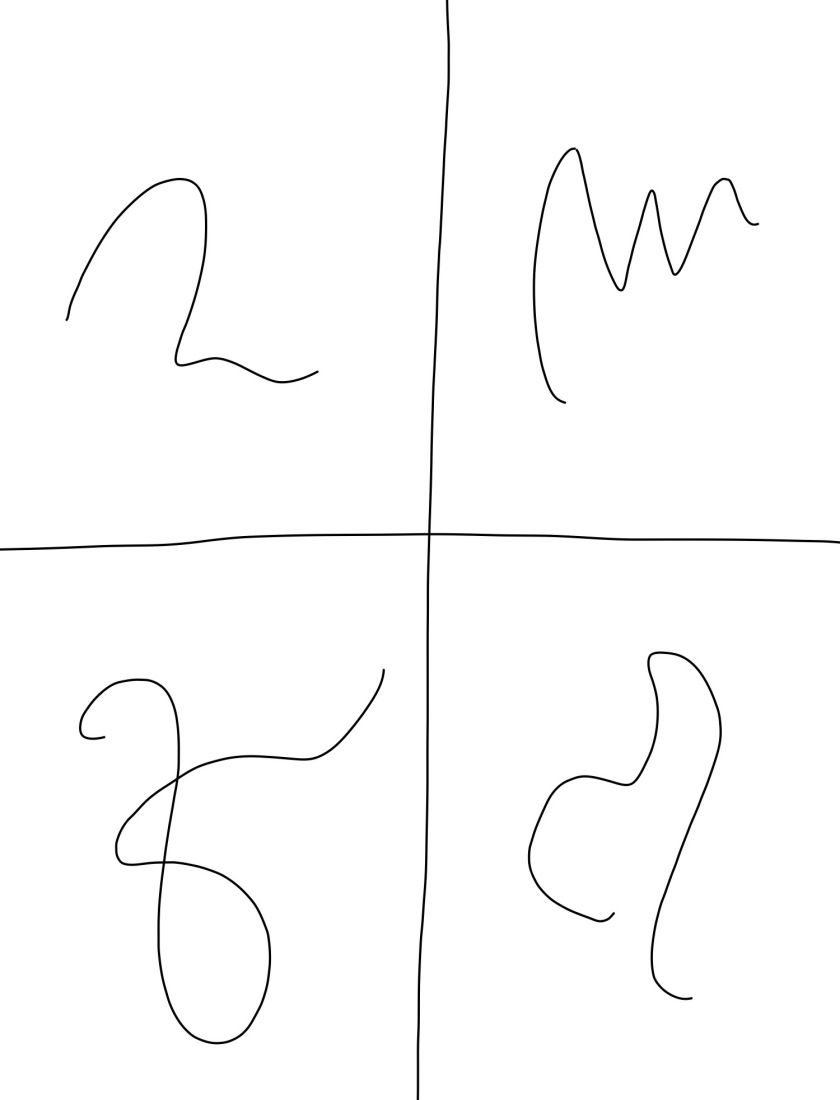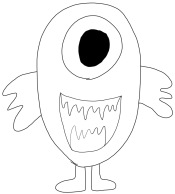Halfa Kutcha
I have been half dreading this assignment all semester, I don’t know what happened to me in quarantine but last semester I started to get stage fright for the first time in my life. All through out high school I just never really cared about my peers watching me but something about zooms makes it all the more dreadful. Writing for this was much different than the essay’s, I have the comfort of editing during the writing process when I am working on a essay but doing this I only had my thoughts and my flash cards. While practicing for my presentation alone I found my brain running faster than my mouth and I would trip over words and start to stutter.
Organizing my slide show was a lot easier. I liked the idea of focusing on each of the three stages of recovery so I decided to make each section color coordinated to make it easier for both me and my audience to follow. Without doing anything outwardly visual I don’t know how I would translate that into writing other than just breaking my sections up into paragraphs. I don’t think my analytical process what any different in the making of this. I think the manor helped shaped the final product, such as me not using as complex sentences structure and having a an actually visual tp point out instead of trying to portray whatever I was talking about in the text.
I thought the timing was a really interesting part of this process. When it comes to academic situations I tend to be a pretty concise person. However I still found myself racing against the time limit on some slides. I really liked everyone else’s slides, if I were to do this again I would try and make an effect to make mine more visually appealing instead of just having a page from the comic I am referencing.

